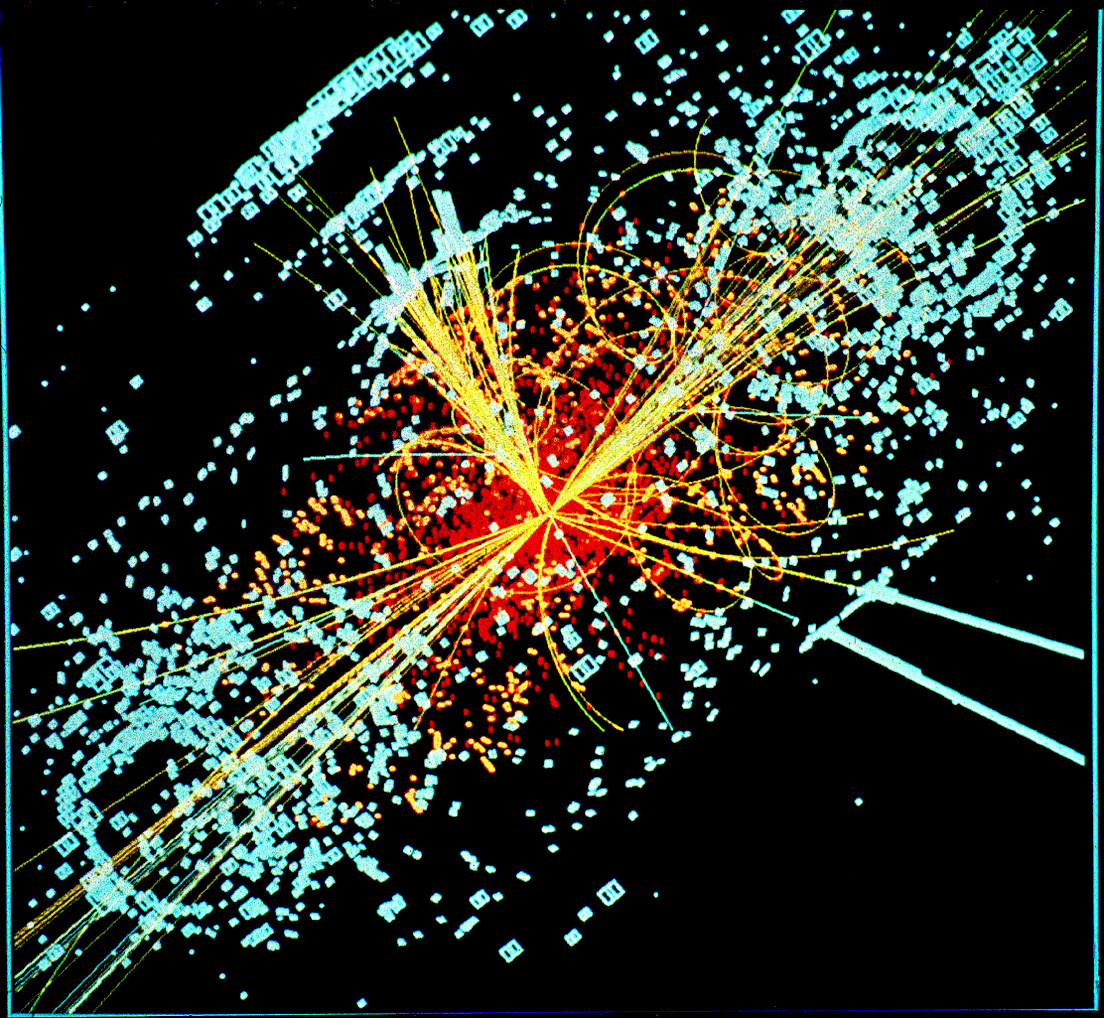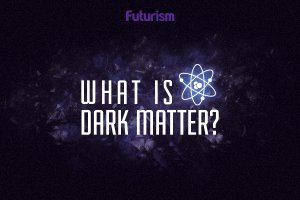
What Do We Know?
From the giants in the night sky to the very particles that make us, us — everything involves physics’ theory: The Standard Model. Currently, the Standard Model describes elementary particles that are known as the “building blocks” of matter. These particles are seen in two basic types: quarks and leptons.
Each type has six elementary particles that are found within three pairs known as “generations.”

The first generation consists of the lightest and most stable particles while the second and third generations consist of heavier and less stable particles. All stable matter in the universe is said to be in the first generation.
The Standard Model also includes the four fundamental forces of the universe: the strong force, the weak force, the electromagnetic force, and the gravitational force. Each fundamental force, other than gravity, has its own corresponding particle. The gluon carries the strong force, while the photon carries the electromagnetic force, and the W and Z bosons carry the weak force. Though while this seems sound, there are still many questions surrounding the theory.
Answers to Age-Old Questions
Four researchers came together to propose the addition of six novel particles to tackle five enduring issues within the current Standard Model Theory. This new proposed model, detailed in APS Physics, is named SMASH for “Standard Model Axion See-saw Higgs portal inflation.” The team proposed that particles rho and axion could explain inflation and dark matter respectively, along with three heavy right-handed neutrinos.
With these findings, the researchers hope to answer the following questions about the Standard Model:
- What exactly is dark matter?
- What caused inflation?
- Why is a neutrino so light?
- Why is there more matter than antimatter?
While there is no guarantee that this new model will be accepted within the physics community, the work done by this team is very straightforward so it should be fairly simple to either prove or disprove.
